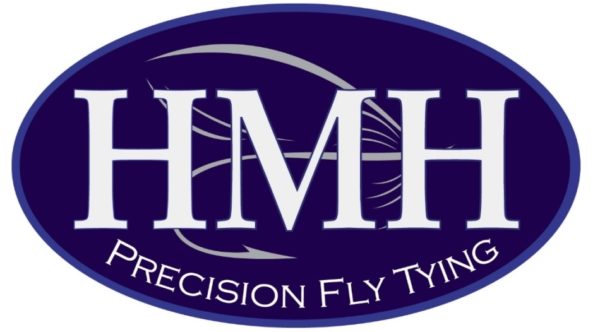Fly Tying Vises: An Essential Piece of Equipment
for Any Fisherman
The feeling of watching a fish strike a fly that you tied is an unparalleled experience. Excitement, pride, gratification- all of these rush through your body in that biting moment. But it's a moment that is only possible with the right fly tying equipment including a vise. A high-quality, versatile fly tying vise is essential for any serious fly-fisher, from the hobbyist to the professional.
For those just starting their fly fishing career, there are several things to know about most Fly Tying Vises. First of all, vises have two kinds of bases: a c-clamp and a pedestal. This main distinction determines how the vise is situated on your table or workbench. The c-clamp fixes itself to the edge of the table and is generally situated lower than the pedestal, but it offers less mobility than the pedestal, which is fixed on a free-standing base that can be more easily moved to wherever you need it.
The other thing to know is the difference between a rotary and non-rotary vise. The difference is simple but significant, the non-rotary vise is a stationary tool that doesn't allow the hook to spin while you tie the fly. A rotary vise provides a 360-degree spinning movement of the hook, which allows for more advanced techniques when tying a fly.
More to come soon!
The Best in the Business
You can explore the different manufacturers and the biggest names in the fly tying vise business. From Peak Fishing to Renzetti and more, these manufacturers provide the best you can get for all things fly fishing. Explore the various fly tying vises on the market today and find the equipment that's best for you.








